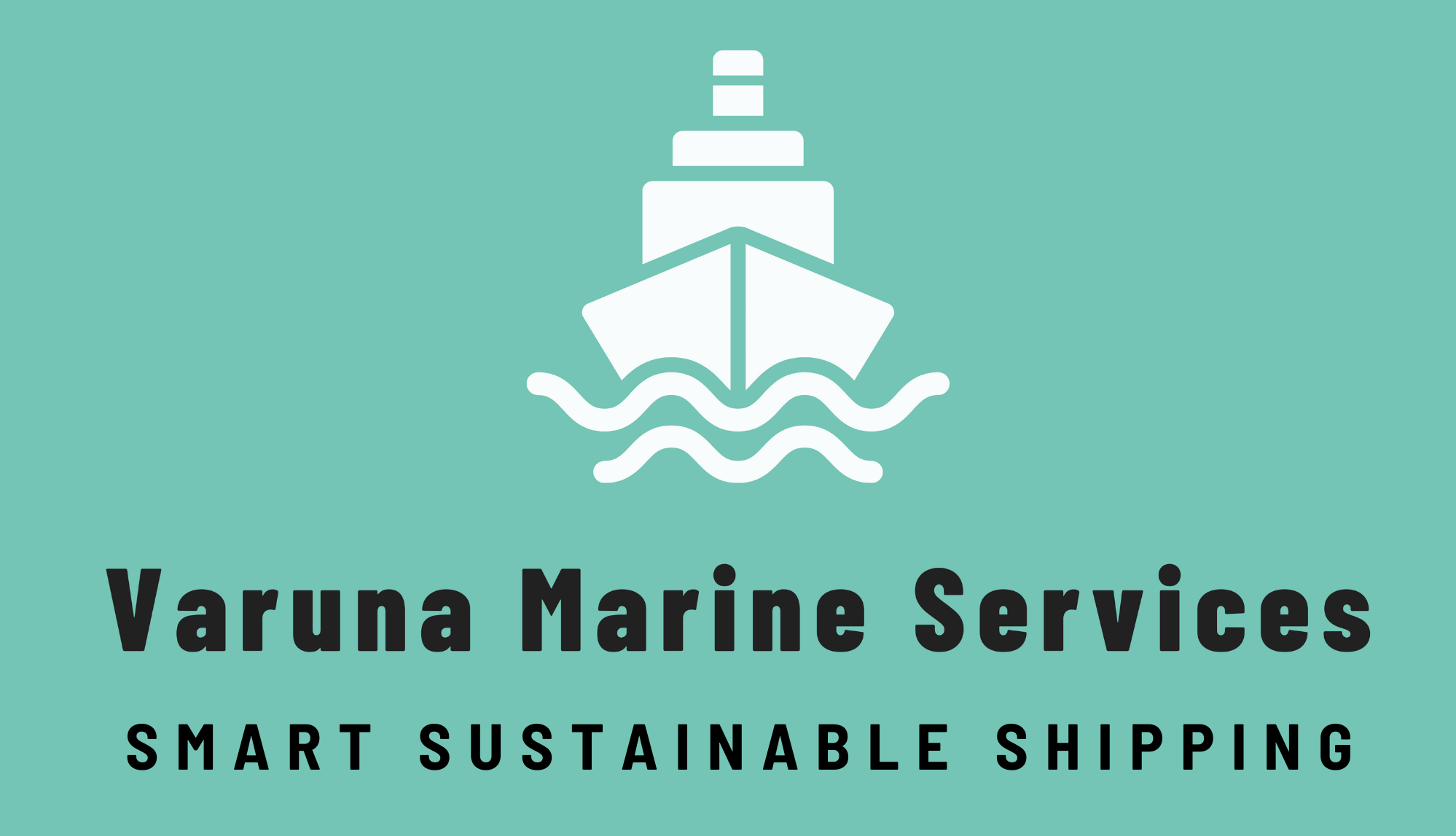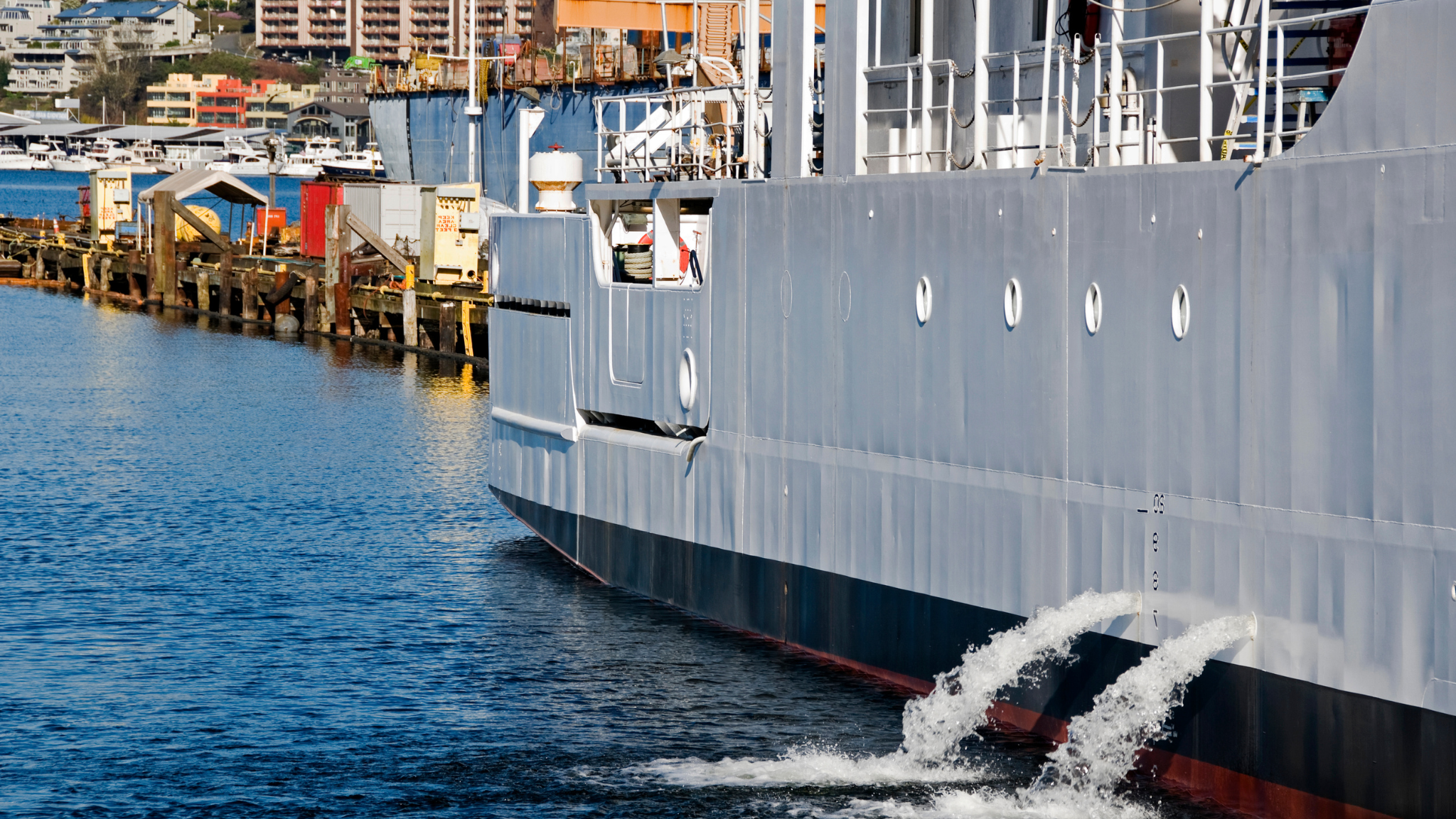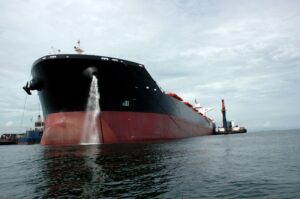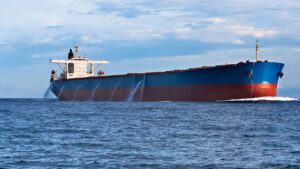Ballast water has been an integral component of the ship’s stability. It reduces stress on the hull, balances off for the weight loss due to consumption of water and fuel, provides better maneuverability with sufficient vessel draft, including ship propeller immersion, and also helps in improving living conditions of the crew aboard by reducing vibrations and uncontrolled vessel’s movements.
Although ballast water remains indispensable for safe, secure and effective shipping operations, it has been scientifically researched and proven by experts that ballast water is a significant medium for the transmission of harmful and damaging aquatic organisms and other pathogens. They pose serious ecological, economic and health problems and if introduced into the sea including estuaries, or into fresh water sources, may create hazards to the environment, human health, property or resources, impair biological diversity or interfere with other legitimate uses of such areas. The introduction of these harmful marine organisms and other similar pathogens has caused major damage to many of the worlds’ coastal regions and bio-diversities over the years.
The BWM Convention
The International Convention for the Control and Management of Ships’ Ballast Water and Sediments (BWM Convention) was adopted in 2004 to introduce global regulations to control the transfer of potentially invasive species, which entered into force on 8 September 2017.
Under the Convention, all ships in international traffic are required to manage their ballast water and sediments to a certain standard, according to a ship-specific ballast water management plan. All ships have to carry:
- A ballast water management plan – specific to each ship, the ballast water management plan includes a detailed description of the actions to be taken to implement the ballast water management requirements and supplemental ballast water management practices;
- A ballast water record book – – to record when ballast water is taken on board;
circulated or treated for ballast water management purposes; and discharged into the sea. It should also record when ballast water is discharged to a reception facility and accidental or other exceptional discharges of ballast water; and - An international ballast water management certificate (for ships of 400 gt and above) – this is issued by or on behalf of the Administration (flag State) and certifies that the ship carries out ballast water management in accordance with the BWM Convention and specifies which standard the ship is complying with, as well as the date of expiry of the Certificate.
What are the ballast water management standards?
In addition to the above, there are two ballast water management standards:
- The D-1 standard – requires ships to exchange their ballast water in open seas, away from coastal areas. Ideally, this means at least 200 nautical miles from land and in water at least 200 metres deep. By doing this, fewer organisms will remain and so ships will be less likely to introduce potentially harmful species when they release the ballast water.
- The D-2 standard – specifies the maximum amount of viable organisms allowed to be discharged, including specified indicator microbes harmful to human health.
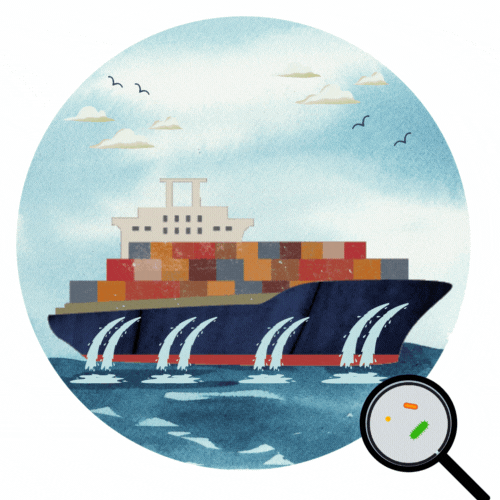
The purpose of D-2 commission testing is to validate the installation of the BWTS by demonstrating its mechanical, physical, chemical and biological processes are working correctly. In essence, the schedule for implementation which has been agreed by the MEPC means that compliance with the D-2 standard will be phased in over time for individual ships, up to 8 September 2024. Over time, more and more ships will be compliant with the D-2 standard.
Amendments to the BWM Convention
- Amendments to regulations A-1 and D-3 of the BWM Convention to make the BWMS Code mandatory (resolution MEPC.296(72));
- Amendments to regulation B-3 of the BWM Convention, concerning the implementation schedule of ballast water management for ships (resolution MEPC.297(72)), along with a resolution relating to the determination of the survey referred to in regulation B‑3 (resolution MEPC.298(72)); and
- Amendments to regulations E-1 and E-5 of the BWM Convention, concerning endorsements of additional surveys on the International Ballast Water Management Certificate (resolution MEPC.299(72)).
- MEPC 72 also adopted the BWMS Code (resolution MEPC.300(72)), which will supersede the 2016 Guidelines for approval of ballast water management systems (G8) from October 2019.
- The IMO Resolution MEPC.325(75) incorporates amendments to the BWM Convention that enter into force on 1 June 2022. Commissioning testing in accordance with IMO guidance BWM.2/Circ.70/Rev.1 is now mandatory
Difference between D-1 and D-2 Standards
The difference is that D-1 relates to ballast water exchange, while D-2 specifies the maximum amount of viable organisms allowed to be discharged, including specified indicator microbes harmful to human health.
— D-1 standard – The D-1 standard requires ships to conduct an exchange of ballast water such that at least 95% of water by volume is exchanged far away from the coast.
— D-2 standard – The D-2 standard specifies that ships can only discharge ballast water that meets the following criteria:
- less than 10 viable organisms per cubic metre which are greater than or equal to 50 micrometres in minimum dimension;
- less than 10 viable organisms per millilitre which are between 10 micrometres and 50 micrometres in minimum dimension;
- less than 1 colony-forming unit (cfu) per 100 mililitres of Toxicogenic Vibrio cholerae;
- less than 250 cfu per 100 millilitres of Escherichia coli; and
- less than 100 cfu per 100 milliliters of Intestinal Enterococci.
WHAT DOES THE NEW SCHEDULE FOR IMPLEMENTATION SAY?
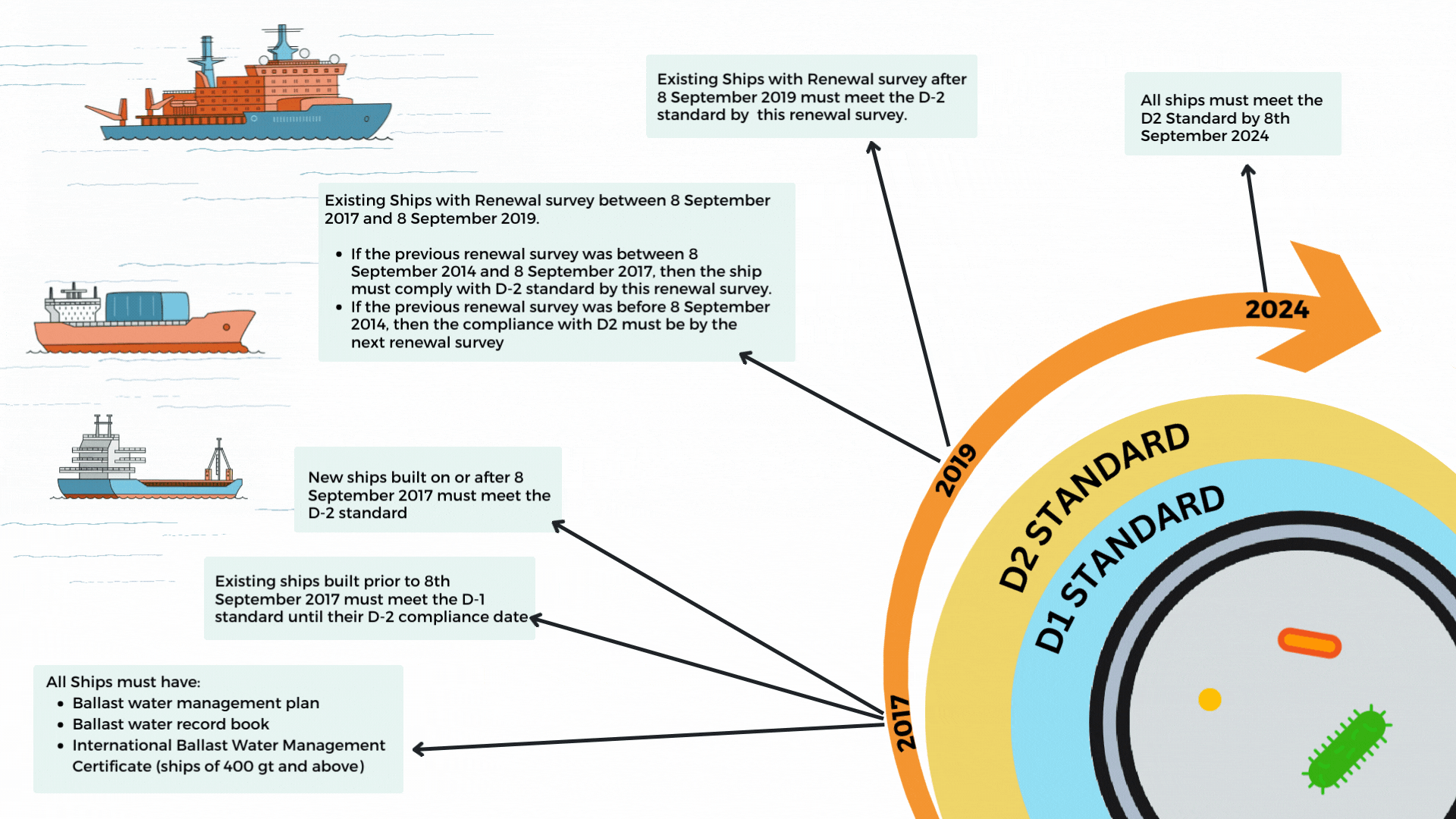
In essence, the schedule for implementation which has been agreed by the MEPC means that compliance with the D-2 standard will be phased in over time for individual ships, up to 8 September 2024. Over time, more and more ships will be compliant with the D-2 standard:
- New ships must meet the D-2 standard.
- All ships must have: a ballast water management plan, a ballast water record book and an International Ballast Water Management Certificate.
- Existing ships must meet at least the D-1 (ballast water exchange) standard; they may also choose to install a ballast water management system or otherwise meet the D-2 (discharge) standard but this is not mandatory until the corresponding compliance date.
- IOPPC Renewal survey after 8 September 2019 – A ship undergoing a renewal survey linked to the ship’s International Oil Pollution Prevention Certificate after 8 September 2019 will need to meet the D-2 standard by the date of this renewal survey.
- IOPPC Renewal survey between 8 September 2017 and 8 September 2019 – If the previous IOPPC renewal survey was between 8 September 2014 and 8 September 2017, then the ship must comply with D-2 standard by this renewal survey. If the previous IOPPC renewal survey was before 8 September 2014, then the ship can wait until the next renewal survey (which will be after 8 September 2019).
- If the ship doesn’t have an IOPPC renewal survey, then The ship should meet the D-2 standard at a date determined by its flag State, but not later than 8 September 2024.
From 1 June 2022, INDEPENDENT BWMS Commissioning Test is MANDATORY
Commissioning testing in accordance with IMO guidance BWM.2/Circ.70/Rev.1 is now mandatory for Ballast Water Management Systems (BWMSs) installed on newbuilds and existing ships of all flag administrations when the initial BWMS commissioning survey is completed on or after 1 June 2022. Vessel owners and yards shall observe the new requirement for mandatory commissioning testing at the initial BWMS’s commissioning survey completed on or after 1 June 2022. The Service Suppliers are to be independent of the BWMS manufacturer or supplier including shipyards.
This test is required even if the system has been partially installed and/or commissioned before 1 June 2022. The commissioning test is also mandatory for the additional commissioning survey required after a change, replacement or significant repair of the BWMS necessary to achieve full compliance with the D-2 standard.
How to take the commissioning test and who performs it?
- The commissioning test shall be arranged either with a Class-approved service supplier or by an organization/supplier accepted by the flag administration, .
- The test requires ballast water samples to be taken at the discharge line after treatment by the BWMS and analysed by the selected service supplier.
- The collection and analysis of the representative samples should be independent of the BWMS manufacturer or supplier and to the satisfaction of the flag administration.
- Local ambient water should be used for testing regardless of the level of challenge this poses to the BWMS. If the ambient water is not appropriate for the commissioning testing, alternative testing should be carried out to the satisfaction of the flag administration (e.g. another port may be chosen).
Analysing the results
The representative samples should be analysed for the below two size classes of organisms specified in the D-2 standard. Indicative analysis methods listed in BWM.2/Circ.42/Rev.2 may be used:
Size class | Criteria |
≥ 50 μm | Viable organisms less than 10 per m3 |
≥ 50 μm < 50 μm | Viable organisms less than 10 per millilitre (ml) |
Reporting
A written report, including the methods used, results (including raw data) and information on the self-monitoring parameters, should be provided to the surveyor and, if required by flag, to the flag administration.
If the report is not completed before vessel departure –
If the vessel’s D-2 compliance date has been met but the report is not completed before departure, the flag administration’s advice should be followed.
In addition, in case a laboratory is not available, the flag administration may allow the test to be postponed on a case-by-case basis. In such a case, the BWM certificate for D-2 is to be issued or endorsed as advised by the flag administration and a statutory condition may be issued in addition.
In all the above-mentioned cases, our surveyor or flag liaison should approach the flag on request.
If the commissioning test is not successful –
The commissioning test is successful if the indicative analysis indicates that the discharge samples do not exceed the D-2 standard for the two size classes of organisms – ≥ 50 μm and ≥ 10 to < 50 μm – and the self-monitoring equipment indicates correct operation.
If the test is not successful, the possible reasons for non-compliance need to be investigated, and the commissioning test must be repeated in possibly another port. If a successful repetition of the commissioning test is not possible before the D-2 compliance date of the vessel, the flag administration needs to be informed and its advice followed.
What We Do?
- We at Varuna Marine Services B.V. are class approved and maintains a global service suppliers’ network to enable local service at Global ports. Hence providing most cost efficient and quick turnaround.
- Through our global footprints we are capable of Commission testing at all major port(s) around the world: Netherlands, France, Germany, Poland, Greece, Italy, Turkey, Lithuania, Chile, Bulgaria, Canada, China, Singapore, Japan, Vietnam, Spain, UAE, USA , UK.
- We ensure the highest standards of service during sampling and testing.
- As Class approved service supplier, we ensure maximum cost effectiveness and solid deliverables in terms of manpower and testing.
- Ensure complete transparency in the whole process from the beginning to the end.
- The Commission testing is performed according to the IMO D2 Method yielding instant results. A Laboratory is commissioned where necessary.
- Compliant with the IMO Standards
- Environment-friendly and less carbon footprint in the delivery of service
- We can also carry out VGP test as per requirement of USCG and EPA 2013.
